French macarons are delicate and colorful confections that have taken the culinary world by storm. These exquisite treats consist of two almond meringue shells sandwiched together with a luscious filling. Whether you are celebrating a special occasion or simply indulging your sweet tooth, mastering the art of making French macarons will elevate your baking repertoire. This recipe is designed for both novice bakers and experienced pastry chefs alike.
The journey to creating these delightful cookies begins with understanding the essential techniques and ingredients. While the process may seem daunting at first glance, with practice and patience, you will be able to create perfectly textured macarons that are crisp on the outside and chewy on the inside. The vibrant colors and endless flavor combinations make them not only a treat for your palate but also a feast for your eyes.
In this article, we will explore the main ingredients needed to craft these delectable delights, provide step-by-step instructions for preparing them, and offer serving and storage tips to ensure they remain fresh and delicious. By following this guide closely, you will impress your friends and family with your newfound skills in making authentic French macarons.
Main Ingredients
Almond Flour
Almond flour is a key ingredient in French macarons, providing them with their signature nutty flavor and smooth texture. It’s essential to choose finely ground almond flour to achieve the best results. Typically, you’ll need about 1 cup (100 grams) of almond flour for this recipe. Sifting it before use helps eliminate any clumps that could affect the final product. This gluten-free alternative not only enhances the taste but also ensures the macarons have a lovely chewiness.
Powdered Sugar
Powdered sugar adds sweetness to the macarons while also aiding in achieving a smooth batter consistency. For this recipe, you’ll require 1 cup (120 grams) of powdered sugar. It’s important to sift it together with almond flour before combining with egg whites; this process helps prevent lumps and achieves a silky texture in your macaron shells.
Egg Whites
Egg whites provide structure to the macarons through aeration when whipped into stiff peaks. You will need approximately 3 large egg whites (around 90 grams). It’s crucial that they are at room temperature before whipping; this helps achieve maximum volume. A common tip is to let them sit out for about 30 minutes prior to use.
Granulated Sugar
Granulated sugar stabilizes the egg whites during whipping and contributes additional sweetness. For this recipe, you’ll need about 1/4 cup (50 grams) of granulated sugar added gradually while beating the egg whites until stiff peaks form. This step transforms your mixture into a glossy meringue that holds its shape beautifully.
Food Coloring
Food coloring allows you to personalize your macarons with vibrant hues. While optional, using gel food coloring provides richer colors without altering the batter’s consistency too much. Aim for just a few drops mixed into your batter after achieving stiff peaks in your meringue stage; this ensures even coloring throughout each shell.
Filling Options
The filling can vary based on personal preferences; popular choices include buttercream frosting, ganache, or fruit preserves. For example, using chocolate ganache offers a rich contrast against the sweet meringue shells. You will typically need around 1 cup (250 grams) of filling for every batch of macarons made.
How to Prepare French Macarons
Step 1: Prepare Your Workspace
Before diving into making French macarons, ensure your workspace is clean and organized. Gather all necessary equipment such as mixing bowls, measuring cups, spatulas, piping bags fitted with round tips, baking sheets lined with parchment paper or silicone mats, and an oven preheated to 300°F (150°C). It’s essential to have everything at hand since timing plays an important role in macaron preparation.
Make sure all utensils are free from grease; any residue can hinder egg white whipping by preventing them from reaching full volume. If possible, use glass or metal bowls as plastic can retain oils that impact performance negatively.
Step 2: Mix Dry Ingredients
Begin by sifting together the almond flour and powdered sugar in a medium bowl until well combined—this step is crucial for ensuring no lumps remain in your mixture which could lead to uneven macaron surfaces later on.
Once sifted thoroughly twice if needed dump it into another bowl set aside temporarily while preparing your egg whites; ensuring these dry ingredients are ready beforehand significantly streamlines subsequent steps allowing more focus on achieving perfect meringue peaks later down line.
Step 3: Whip Egg Whites
In another separate bowl dedicated solely for egg whites beat them using an electric mixer on medium speed until they become frothy—a good indicator they’re ready when bubbles form across surface area uniformly distributed throughout mix indicating air incorporation has begun successfully!
Gradually add granulated sugar one tablespoon at a time while continuing beating at high speed until stiff glossy peaks form—this can take anywhere from five minutes depending upon mixer quality but remains critical part of macaron creation process emphasizing importance of patience!
Ensure not over-beating occurs as this may cause mixture collapse resulting poor texture outcome overall thus hindering successful completion end goal!
Step 4: Fold Mixtures Together
With prepared meringue set aside gently fold together dry ingredients previously prepared earlier introducing them gradually into whipped egg white mixture using rubber spatula carefully incorporating everything evenly without deflating air bubbles created beforehand too drastically retaining fluffy nature achieved through previous steps maintaining lightness desired throughout entire concoction!
Continue folding until fully combined achieving uniform consistency resembling molten lava—be cautious avoiding over-mixing which could lead undesired flat shells reducing height impact overall visual appeal once baked later down line!
Step 5: Pipe Macarons
Transfer completed batter into piping bag fitted with round tip then begin piping small circles onto lined baking sheets spaced apart adequately ensuring sufficient distance prevents sticking during rise phase occurring inside hot oven environment!
Aim for uniform sizes around one inch wide each circle allowing proper spread while baking consistently yielding visually appealing finished products showcasing artistry behind creation process!
After piping tap trays gently against counter surface releasing excess air trapped within helping maintain shape integrity while promoting smoother surface finish achievable through gentle manipulation efforts applied throughout entire procedure!
Allow piped shells rest undisturbed room temperature approximately thirty minutes forming ‘skin’ layer atop surfaces resulting in characteristic smooth finishes final baked products demonstrating professional touch synonymous associated traditional french patisserie techniques employed consistently across various regions globally recognized culinary landscapes!
Step 6: Bake Macarons
Once rested place trays inside preheated oven maintaining constant temperature around three hundred degrees Fahrenheit whilst monitoring closely during initial fifteen minutes bake time elapsed gauging progress visually observing subtle changes taking place across outer edges transitioning golden brown tones indicate readiness!
After fifteen minutes rotate trays halfway through ensuring even cooking occurs facilitating proper airflow circulation optimally distributing heat alongside enhancing overall flavor development achieved through balanced caramelization processes engaged within oven environment simultaneously fostering delightful aroma wafting throughout kitchen space enticing everyone nearby!
Upon completion remove trays allow cool completely before attempting removal assuring no sticking occurs utilizing offset spatula carefully easing underneath each cookie shell gently lifting away from parchment paper successfully avoiding breakage mishaps frequently experienced inexperienced bakers initially embarking upon journey exploring delicate world french confectionery delighting taste buds worldwide!
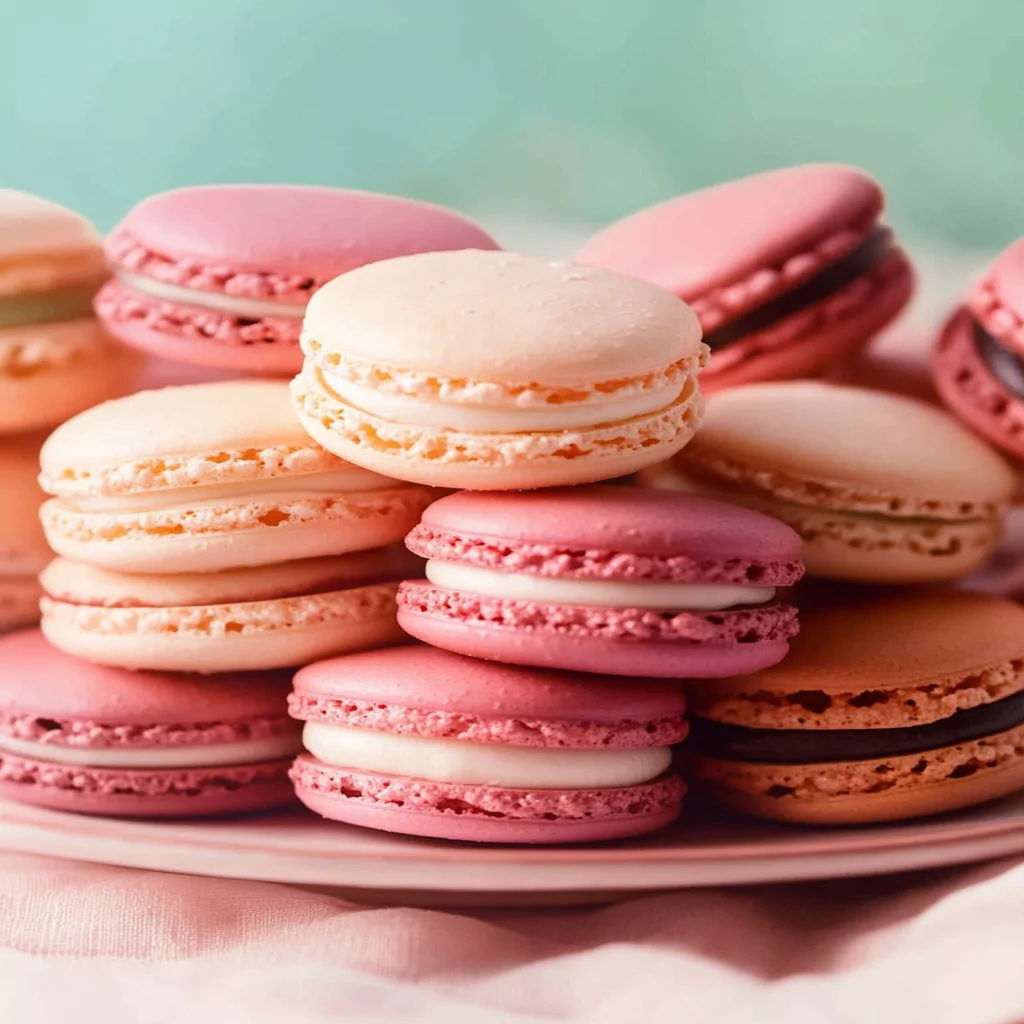
Serving and Storing Tips
Serving Suggestions
When it comes time serving these charming little treats consider pairing them alongside coffee or tea enhancing overall experience elevating flavors imparted throughout entire meal accompaniment further enriching palate sensations achieved! Alternatively showcase colorful assortments presentable arrangements platters garnished seasonal fruits adding refreshing elements balancing sweetness richness embodied within each bite-sized morsel enjoyed thoroughly guests attending gatherings special occasions marking significant milestones life journeys undertaken shared amongst loved ones friends cherished memories forged together!
For special events create themed platters matching colors flavors offered diversity selection presenting variations intriguing guests captivating attention generating excitement anticipation surrounding future tastings forthcoming explorations delightful surprises unveiled exciting culinary adventures await discovery inviting everyone partaking celebrate joyous moments shared camaraderie fostered amongst individuals creating lasting impressions unforgettable experiences shared collectively fostering bonds strengthened through delicious food enjoyed wholeheartedly!
Storage Guidelines
To maintain freshness store remaining uneaten macarons airtight containers refrigerate ideally consuming within five days maximizing flavor integrity encountered initial preparations made earlier retaining optimal textures enjoyed consistently across multiple servings offered forth throughout duration engagement varying tastes preferences noted attendees participating joyous festivities unfolding naturally over time span extended gatherings held cherished memories forged enduring relationships nurtured lovingly expressed kindness generosity showcased appreciated frequent interactions occurring regularly amongst friends family alike coming together united shared love delicious foods crafted lovingly heartwarming hospitality extended warmly always welcoming new faces joining celebrations happiness experienced fully embraced uplifting spirits enhanced fervently expressed joyfulness radiated throughout environments enlivened vibrancy created warmth enveloping everyone present moment sharing laughter stories woven intricately fabric life moments shared joyously honored fondly treasured forever cherished hearts minds alike commemorated beautifully captured photographs immortalizing fleeting instances experienced fondly remembered forevermore!
Mistakes to avoid
One common mistake when making French macarons is overmixing the batter. When you combine the almond flour and egg whites, it’s essential to mix until you achieve a smooth, flowing consistency without lumps. However, if you overmix, the batter can become too runny, leading to flat and misshapen macarons. Aim for a mixture that flows in ribbons but holds its shape slightly when piped. Remember to fold gently to maintain air in the batter.
Another common pitfall is not letting macarons rest before baking. Resting allows the tops to dry out, forming a skin that helps achieve the perfect rise and that lovely “foot.” Skipping this step often results in cracked surfaces. Allow your piped macarons to sit at room temperature for at least 30 minutes or until they are no longer tacky to the touch.
Using incorrect oven temperature is another mistake that can ruin your French macarons. Each oven behaves differently, so it’s crucial to use an oven thermometer for accuracy. Too high of a temperature can cause the macarons to brown or crack, while too low may lead them to spread too much. Bake at a consistent temperature of around 300°F (150°C) for optimal results.
Lastly, neglecting ingredient quality can affect your macaron’s success. Always use finely ground almond flour and fresh egg whites for best results. Stale ingredients can alter texture and flavor significantly. Purchase high-quality ingredients from trusted sources to ensure your French macarons turn out delicious every time.
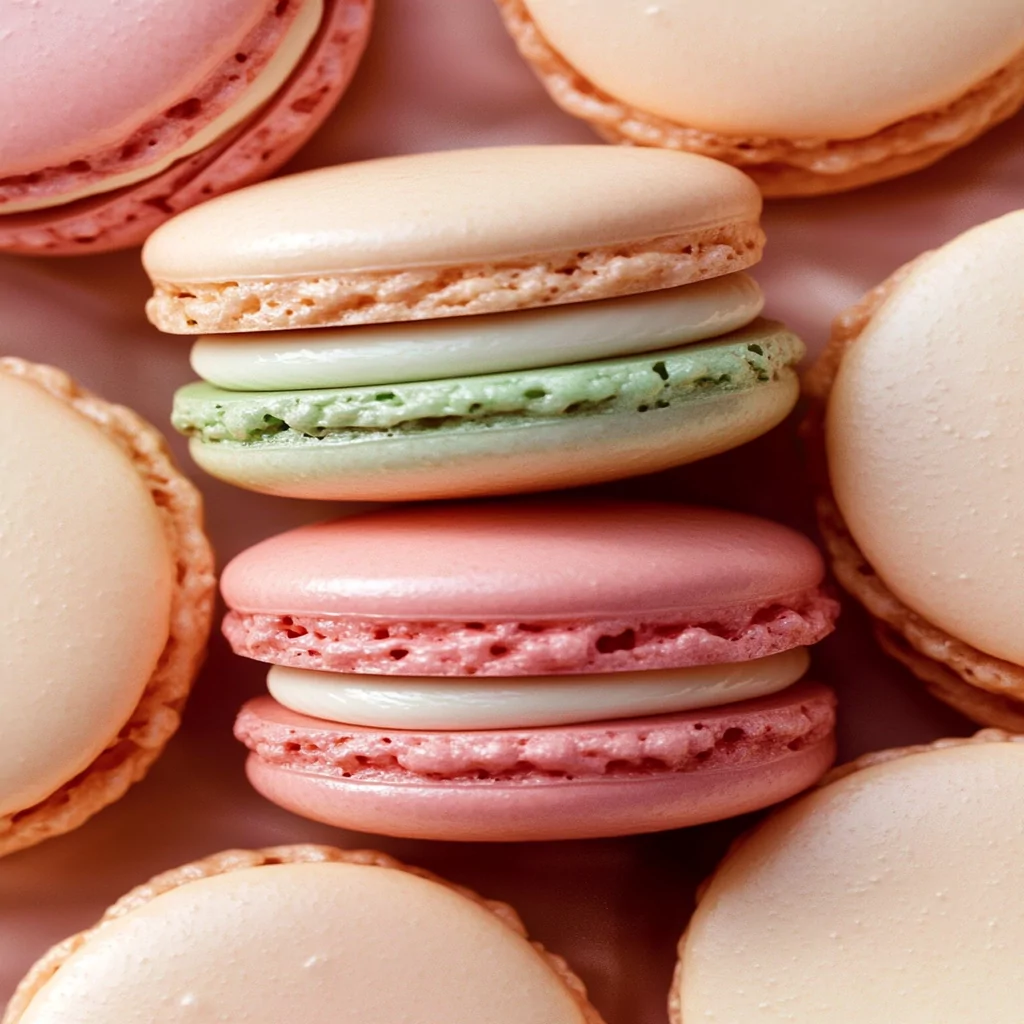
Tips and tricks
To achieve perfect French macarons, one effective tip is to measure your ingredients accurately. Use a kitchen scale for precise measurements of almond flour and powdered sugar, as even slight discrepancies can impact the final product’s texture. Precision ensures that your macaron shells have the right balance of moisture and structure.
A crucial trick in mastering French macarons is practicing proper piping technique. Invest in a piping bag fitted with a round tip for clean and uniform shapes. Hold the bag perpendicular to your baking sheet while applying even pressure to create circles of equal size. Practice on parchment paper using templates if needed; this will help you develop consistency in size and shape across all your macarons.
Another helpful strategy involves flavoring your fillings mindfully. While traditional buttercream works well, consider incorporating fruit purees or flavored creams for added depth. Experiment with unique combinations like raspberry buttercream or salted caramel ganache for exciting flavor profiles that elevate your French macarons beyond classic tastes.
Lastly, always cool your baked macarons completely before removing them from the baking sheet. This step prevents them from breaking apart or sticking to parchment paper. Once cooled, carefully lift them using an offset spatula or by sliding them off gently onto a cooling rack.
Suggestions for French Macarons
When preparing French macarons, consider using aged egg whites for better volume and stability in your meringue. Egg whites aged at room temperature for 24 hours allow excess moisture to evaporate, enhancing their whipping potential and contributing to a sturdier shell.
Additionally, incorporate food coloring thoughtfully into your macaron batter if desired. Use gel food colors sparingly since liquid dyes can alter the consistency of your mixture. Aim for subtle shades that complement flavors without overwhelming them visually.
A great suggestion is also to experiment with different nut flours besides almond flour for unique textures and flavors in your macaron shells. Hazelnut or pistachio flour can add delightful nuances while still maintaining the integrity of traditional macaron recipes.
Finally, consider storing your completed French macarons properly after assembly. Place them in an airtight container separated by parchment paper layers in cooler areas of your home or refrigerator if not consumed immediately; this helps maintain freshness and prevents them from drying out.
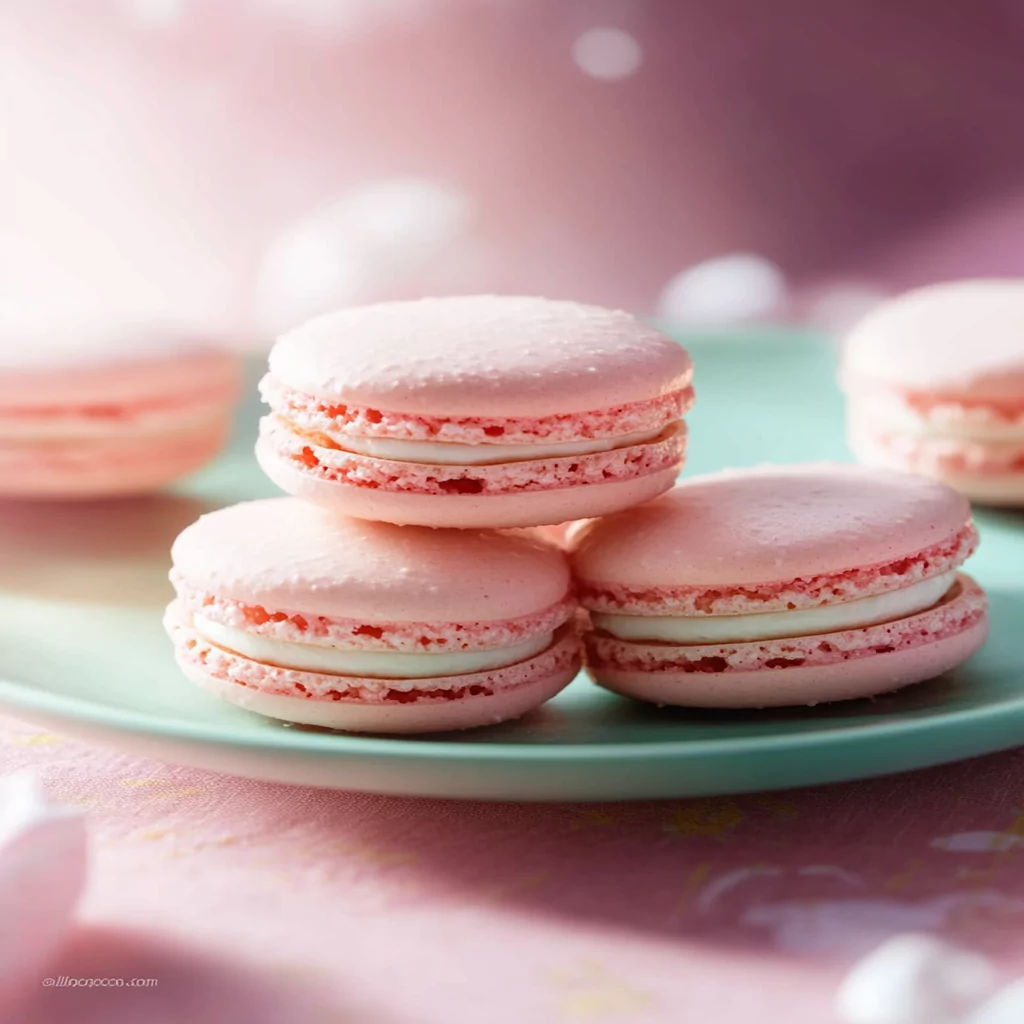
FAQs
What are French Macarons?
French macarons are delicate meringue-based cookies made from almond flour, egg whites, sugar, and often filled with buttercream or ganache between two shells. They come in various flavors and colors, making them appealing both visually and taste-wise.
How do I store French Macarons?
Store French macarons in an airtight container at room temperature if consumed within two days; otherwise refrigerate them for up to five days maximum without losing their texture or flavor quality effectively!
Can I freeze French Macarons?
Yes! Freezing French macarons is possible; place unfilled shells between layers of parchment paper inside an airtight container before freezing them for up three months! Fill once thawed!
What’s the difference between Italian meringue and French meringue used in Macarons?
Italian meringue involves cooking sugar syrup before adding it into whipped egg whites creating stability against humidity during baking while French meringue simply whips sugar directly into beaten egg whites resulting softer shells yet may be less stable under humid conditions than Italian methods do provide!
Why are my Macarons cracking?
Cracking occurs due either insufficient resting time prior baking preventing proper skin formation or excessively high oven temperatures causing rapid expansion! Adjusting these factors should resolve issues with cracked surfaces effectively ensuring gorgeous results!
Can I use different fillings besides buttercream?
Absolutely! You can incorporate fruit purees chocolate ganaches jams jellies whipped cream etc., allowing creativity when crafting delicious combinations elevating taste experiences offered by each bite taken!
Conclusion
Mastering the art of creating perfect French macarons requires attention to detail along with practice over time! Avoid common pitfalls like overmixing batter ensuring accurate measurements while paying close attention during baking steps will help improve results tremendously! Additionally implementing tips such as practicing piping techniques experimenting with flavors enhances overall enjoyment found throughout this delightful treat’s journey from preparation through indulgence! Don’t forget about smart storage strategies either—keeping these beautiful delicacies fresh allows everyone who tries them enjoy their sweetness longer! With dedication patience creativity anyone can make stunning flavorful batches sure impress anyone lucky enough share moments filled joy together savoring these exquisite delights crafted lovingly!
Print
French Macarons
- Prep Time: 30 minutes
- Cook Time: 15 minutes
- Total Time: 45 minutes
Ingredients
- 1 cup (100g) Almond flour, sifted
- 1 cup (120g) Powdered sugar, sifted
- 3 large Egg whites (90g), room temperature
- 1/4 cup (50g) Granulated sugar
- Food coloring (optional)
- 1 cup (250g) Filling (buttercream, ganache, or fruit preserves)
Instructions
- Prepare Your Workspace
Clean and organize your kitchen with all necessary tools: mixing bowls, spatulas, piping bags, baking sheets, and parchment paper. Preheat your oven to 300°F (150°C). - Mix Dry Ingredients
Sift together the almond flour and powdered sugar. Set aside. - Whip Egg Whites
Beat egg whites on medium speed until frothy. Gradually add granulated sugar and continue beating until stiff peaks form. - Fold Ingredients Together
Gently fold the sifted dry ingredients into the whipped egg whites until combined. Be careful not to deflate the meringue. - Pipe Macarons
Transfer the mixture to a piping bag and pipe small circles onto parchment-lined baking sheets. Tap the trays to release air bubbles. - Bake Macarons
Let the shells rest for 30 minutes before baking. Bake for 15 minutes, rotating halfway through. Cool completely before removing from the baking sheet.
Notes
- Ensure egg whites are at room temperature for the best results.
- Use gel food coloring for vibrant macarons without affecting texture.
- Don’t skip the resting time to form the ‘skin’ before baking.


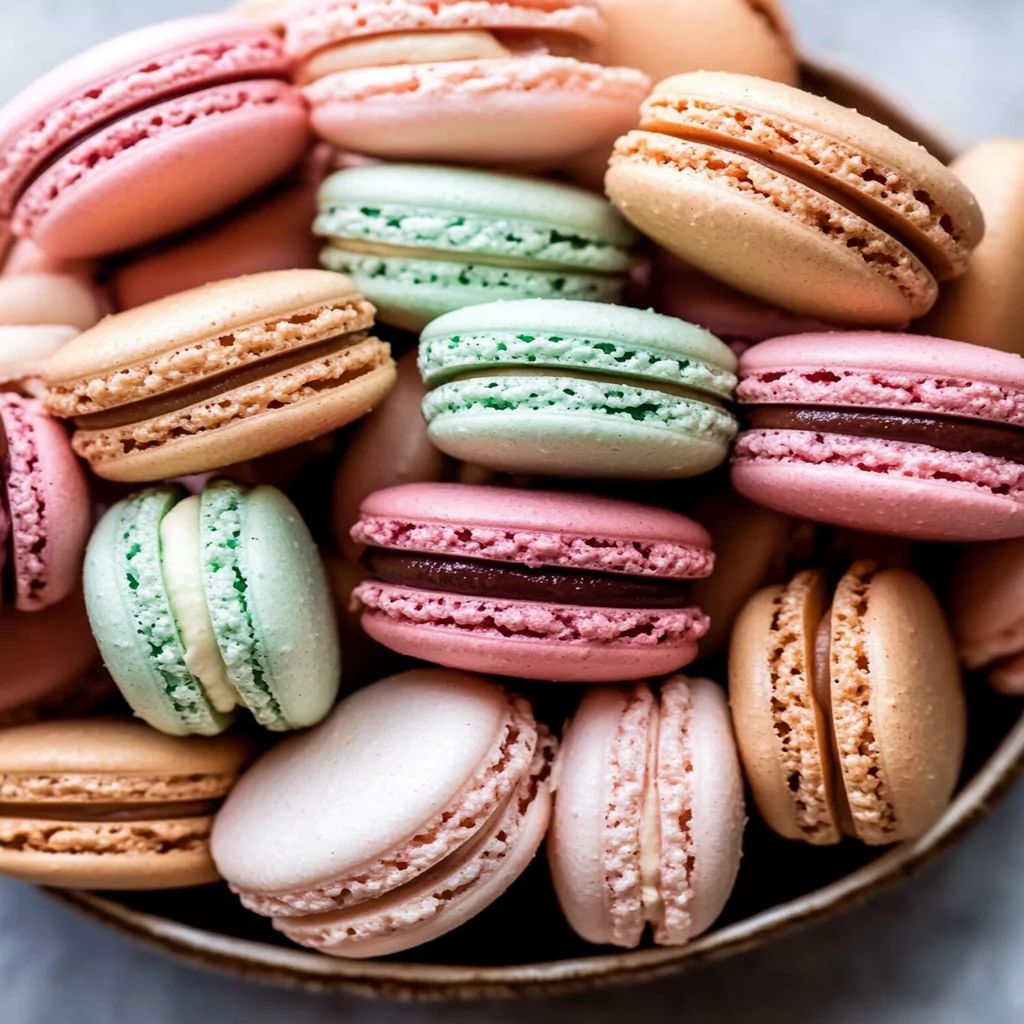

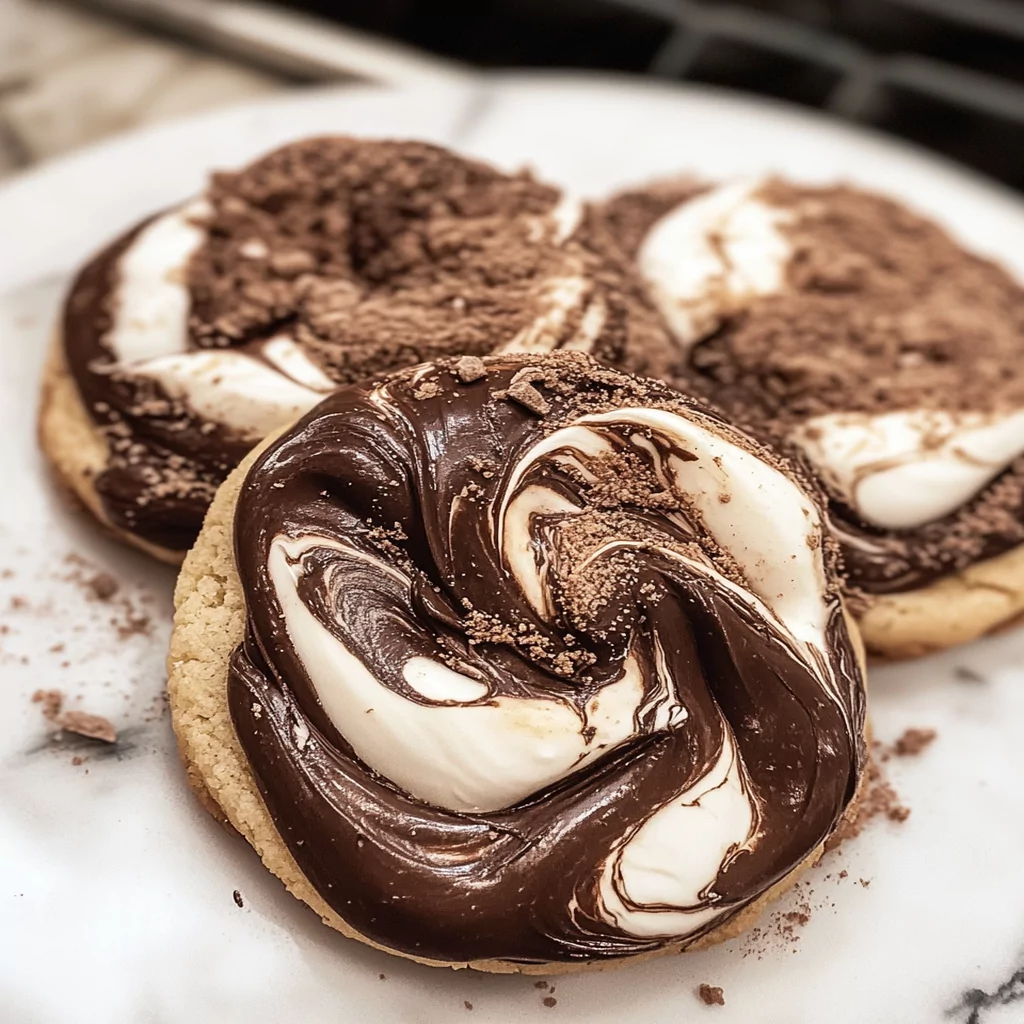

Leave a Comment